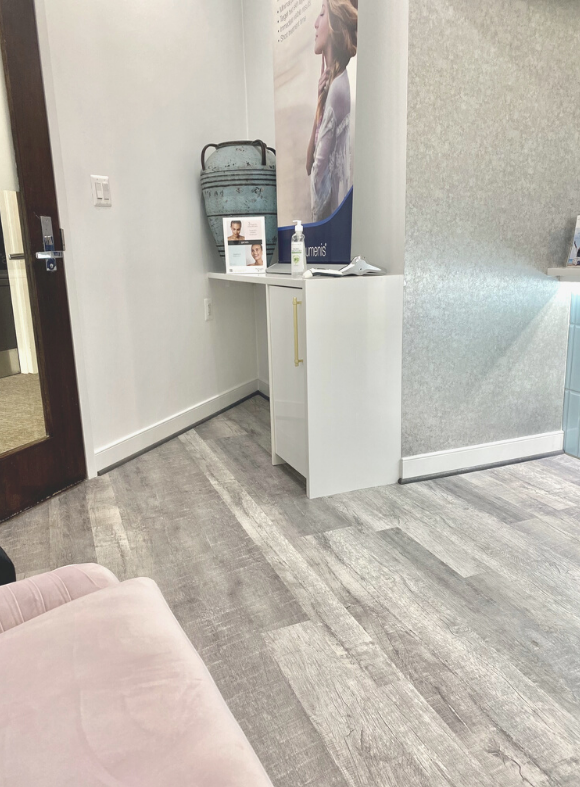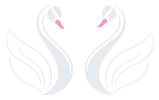welcome
IncontiLase®
Revolutionary Non-Invasive Laser Treatment for Urinary Incontinence
What is IncontiLase? The Leading Non-Invasive Urinary Incontinence Treatment
IncontiLase is a revolutionary, non-invasive laser treatment specifically designed to treat urinary incontinence in women. This FDA-cleared Er:YAG laser therapy addresses the root cause of bladder control issues by stimulating collagen production and tightening vaginal tissues, providing effective relief from stress incontinence and mixed incontinence without the need for surgery.
FDA cleared vaginal laser therapy that restores bladder control without surgery, downtime, or pain
Why Choose IncontiLase for Urinary Incontinence Treatment?
Unlike traditional surgical treatments for incontinence, IncontiLase offers a completely non-invasive solution with no downtime, no anesthesia, and no recovery period. This innovative laser therapy works by heating the vaginal tissue to stimulate natural collagen remodeling, resulting in improved tissue strength and better bladder support.
Understanding Urinary Incontinence: Types and Causes
Urinary incontinence affects over 25 million adults in the United States, with women being twice as likely to experience bladder control problems. Understanding the different types of incontinence is crucial for selecting the most effective treatment approach.
Stress Incontinence
Stress incontinence is the most common form of urinary incontinence in women, characterized by involuntary urine leakage during physical activities that put pressure on the bladder. Common triggers include:
- Coughing, sneezing, or laughing
- Physical exercise or lifting heavy objects
- Sudden movements or position changes
This condition typically results from weakened pelvic floor muscles and urethral sphincter, often caused by childbirth, menopause, or aging.
Urge Incontinence (Overactive Bladder)
Urge incontinence involves a sudden, intense urge to urinate followed by involuntary bladder contractions and urine leakage. This condition can significantly impact quality of life and often requires comprehensive treatment approaches.
Mixed Incontinence
Mixed incontinence combines symptoms of both stress and urge incontinence, affecting up to 30% of women with bladder control issues. IncontiLase has shown excellent results in treating mixed incontinence cases.
IncontiLase vs. Traditional Incontinence Treatments
| Treatment Aspect | IncontiLase | Surgical Options | Medications |
|---|---|---|---|
| Invasiveness | Non-invasive | Surgical procedure | Non-invasive |
| Downtime | None | 2-6 weeks recovery | None |
| Effectiveness | Up to 95% improvement | 85-90% success rate | 60-70% improvement |
| Side Effects | Minimal to none | Surgical risks | Various side effects |
| Treatment Duration | 3 sessions, 15 minutes each | Single surgery + recovery | Ongoing daily medication |
No Downtime
Return to normal activities immediately after treatment with no recovery period required.
Precise Treatment
Targeted laser therapy addresses the exact cause of incontinence for optimal results.
Long-lasting Results
Clinical studies show sustained improvement in bladder control for 12-18 months or longer
Additional Benefits
Improved vaginal health, enhanced intimacy, and increased confidence as added benefits.
The IncontiLase Treatment Process
The IncontiLase procedure is quick, comfortable, and highly effective. Here's what you can expect:
Before Treatment
- Comprehensive consultation and assessment
- Medical history review
- Discussion of treatment goals and expectations
- No special preparation required
During Treatment
- 15-minute outpatient procedure
- No anesthesia required
- Comfortable laser application to vaginal tissue
- Minimal to no discomfort reported by most patients
After Treatment
- Immediate return to normal activities
- Gradual improvement over 2-3 months
- Typically 2-3 treatments for optimal results
- Long-lasting improvement in bladder control
“After three children and years of embarrassing leaks, IncontiLase gave me my confidence back. The treatment was quick, painless, and the results have been life-changing. I wish I had discovered this sooner!” – Marlina., Age 62
Frequently Asked Questions About IncontiLase
Scientific Evidence Supporting IncontiLase
IncontiLase treatment is backed by extensive clinical research demonstrating its effectiveness for urinary incontinence:
- 95% of patients reported significant improvement in incontinence symptoms
- 88% reduction in daily pad usage after treatment
- Long-term efficacy maintained at 12-month follow-up
- High patient satisfaction rates (>90%) in multiple studies
Who is a Good Candidate for IncontiLase?
IncontiLase is ideal for women experiencing:
- Stress urinary incontinence
- Mixed incontinence (stress and urge components)
- Mild to moderate incontinence symptoms
- Desire for non-surgical treatment options
- Previous unsuccessful conservative treatments
- Preference for treatment without ongoing medication
Take Control of Your Bladder Health Today
Don’t let urinary incontinence control your life. IncontiLase offers a proven, non-invasive solution that can restore your confidence and quality of life. Our experienced medical team is ready to help you determine if IncontiLase is right for you.
At En Sante Med, we specialize in personalized solutions. Our certified professionals ensure top-quality care tailored to you. From initial consultations to aftercare, we’re with you every step.
- Location
- Expertise
- Now

CONTACT INFORMATION
Get In Touch!
En Santé Med
LOCATIONS:
1420 Spring Hill Rd, Suite 160, McLean Va, 22102
5225 Wisconsin Ave, Suite 200 Washington DC, 20015

Email: info@ensantemedicalspa.com
Call/TEXT: 703-888-8589
